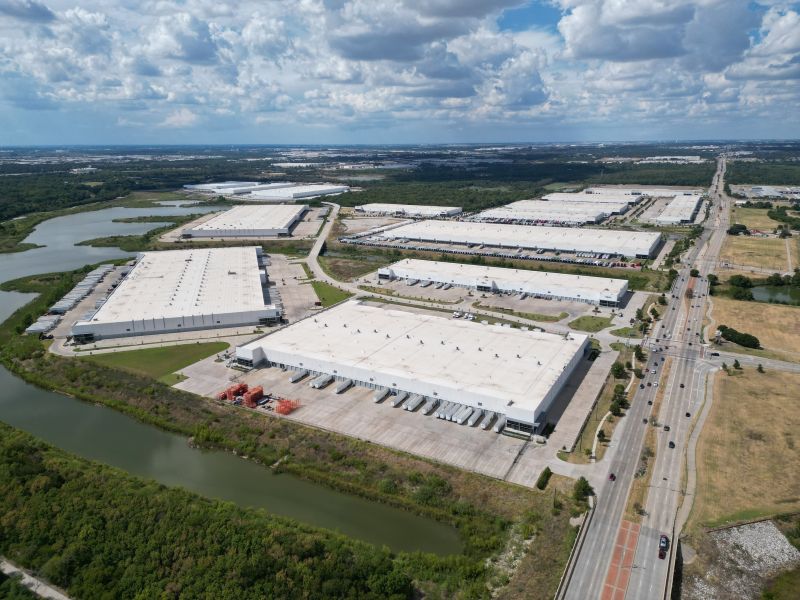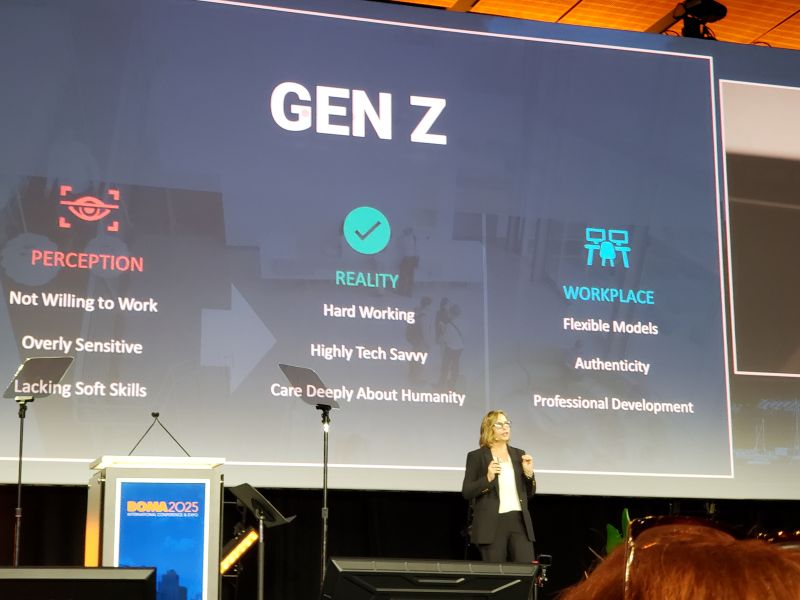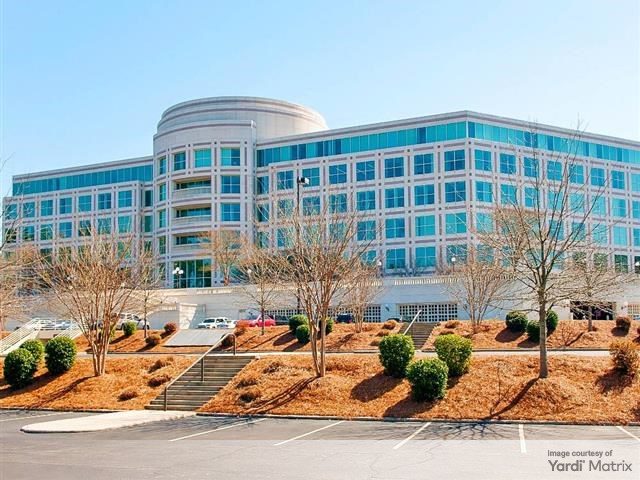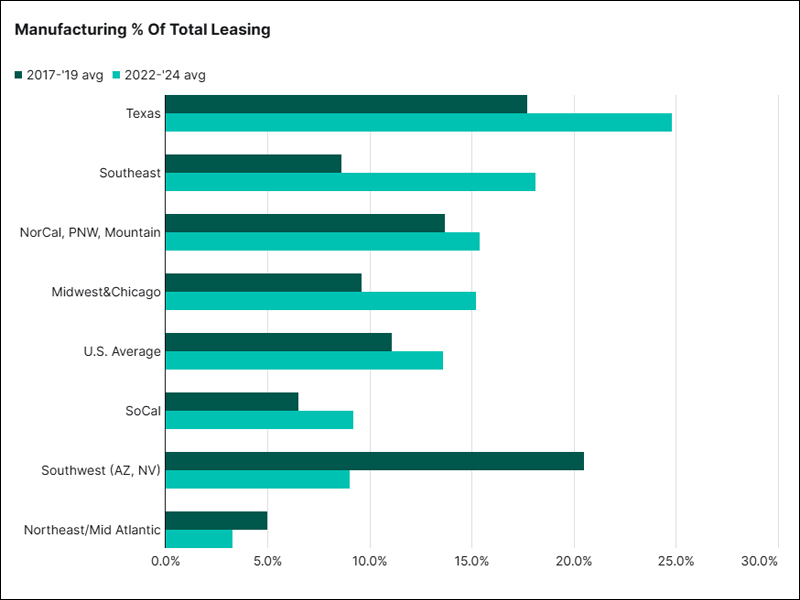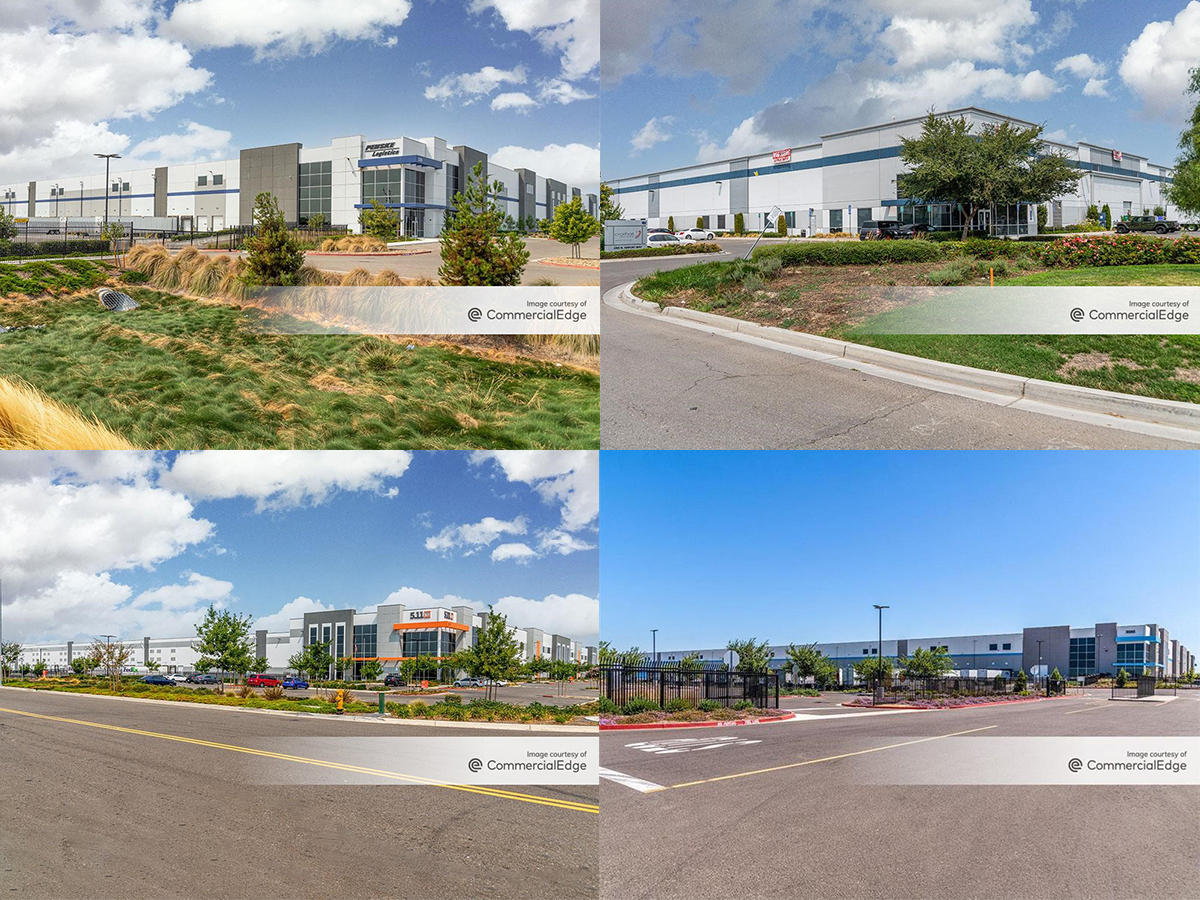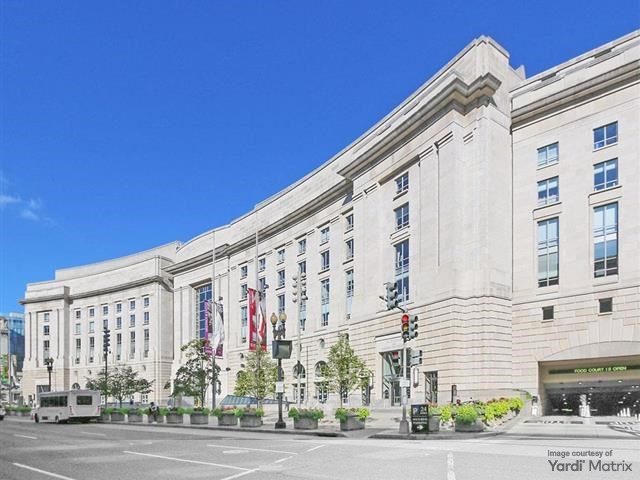How Tariffs Impact Retail Foot Traffic
Experts weigh in on the forces behind the latest changes in consumer behavior.
Retail shopping foot traffic hasn’t just recovered, it’s accelerating, according to recent data for April from pass_by.
The ongoing news about import tariffs is a factor, according to the survey firm.
Not all agree. Some point to the Easter holiday, the 3.6 percent rise in income tax rebates this spring, and Wall Street chatter that is louder than that heard on Main Street.
“The closer the industry gets to a concrete tariff timeline, the more consumers are ‘pulling forward’ discretionary and import-heavy purchases,” James Ewen, vice president of marketing at pass_by, told Commercial Property Executive.
“We’re seeing pantry staples like specialty foods surge, but other categories also show strong year-over-year growth, such as jewelry and apparel. For commercial real estate and retailers, the message is clear: be ready for one more rush of demand before any new duties actually land, and then a likely lull as pantries, closets and garages sit full.”
Pass_by uses the National Retail Federation 4-5-4 calendar to calculate year-over-year changes to ensure consistent yearly data comparisons. Its data is based on 99 percent accurate in-store sensors and complemented by datasets.
For the second week in a row, the week ending April 20 saw elevated consumer turnout at stores. Foot traffic increased by +6.10 percent year-over-year, nearly double the previous week’s spike (+3.23 percent).
READ ALSO: Why Retail Belongs in Office Projects
Specialty food stores’ traffic increased by 36.81 percent year-over-year, after spiking by +22.94 percent the week prior. Traffic at clothing stores was up by 7.17 percent, building on the previous week’s 4.78 percent jump. Jewelry stores saw 14.92 percent more traffic year-over-year, a sign that potentially indicates non-essentials are being pulled forward.
Ewen said he rarely sees this rate of increase in consecutive weeks, stating it’s “clear” that consumers aren’t only reacting to tariffs but are actively adjusting their shopping timelines ahead of potential price increases.
Physical presence in stores can encourage impulse buying, especially with attractive displays and promotions, Doug Ressler, manager of Business Intelligence at Yardi, told CPE.
How trade tariffs have affected consumer behavior. Source: Flourish team
Placer.ai: Discretionary spending declines YoY
Preparations for the Easter holiday drove substantial year-over-year increases in visits to grocery stores, superstores and apparel retailers from April 14 to April 20, according to R.J. Hottovy, Placer.ai’s head of analytical research.
“In contrast, discretionary categories such as electronics, home improvement and furnishings saw year-over-year declines, likely due to reduced store hours around the holiday,” he said.
“We continue to see evidence of price-sensitive consumer behavior, with many value-oriented retailers experiencing stronger year-over-year visitation trends than the broader retail industry.”
Traffic data ‘spooks’ Wall Street
“I wouldn’t be quick to attribute a noticeable uptick in retail traffic the past few weeks across the country to tariffs, which seem to have spooked Wall Street way more than Main Street,” Michael Romer, Esq., of Romer Debbas LLP, told CPE.
“Although some of the uptick can be attributed to travel/spring break, etc., more consumers seem to be tuning out the noise and making purchases. This is a very positive sign for our economy and commercial real estate market.”
The sustained rise in foot traffic signals a notable shift in consumer behavior, as shoppers adjust their purchasing patterns in anticipation of future price increases, Tyler Foresta, sales & leasing professional at LMT Commercial Realty, LLC/CORFAC International in Delaware, told CPE.
“This trend suggests that tariffs are not just a temporary concern; they are driving strategic decisions that could reshape retail dynamics in the near term,” Foresta said.
Indraneel Karlekar, head of global research for Clarion Partners, is seeing the same increased foot traffic trends as pass_by.
“At a more granular level, March sales at electronics and appliance stores were up 1.8 percent compared to March 2024, and restaurants and bars saw a month-over-month jump of 1.8 percent and were up 4.8 percent compared to a year prior,” Karlekar said.
“Through April 11, tax refunds were higher than the same period in 2024, with the average refund, at $3,055, about 3.6 percent higher than last year. This may also be contributing to increased retail visitation.”
San Francisco is one market that has seen a retail recovery lately in tandem with an improving commercial real estate environment.
It faced a significant downturn after the pandemic, but recent political and business activity has given it life, according to data from Placer.ai, Colliers and others, CPE reported this month.

